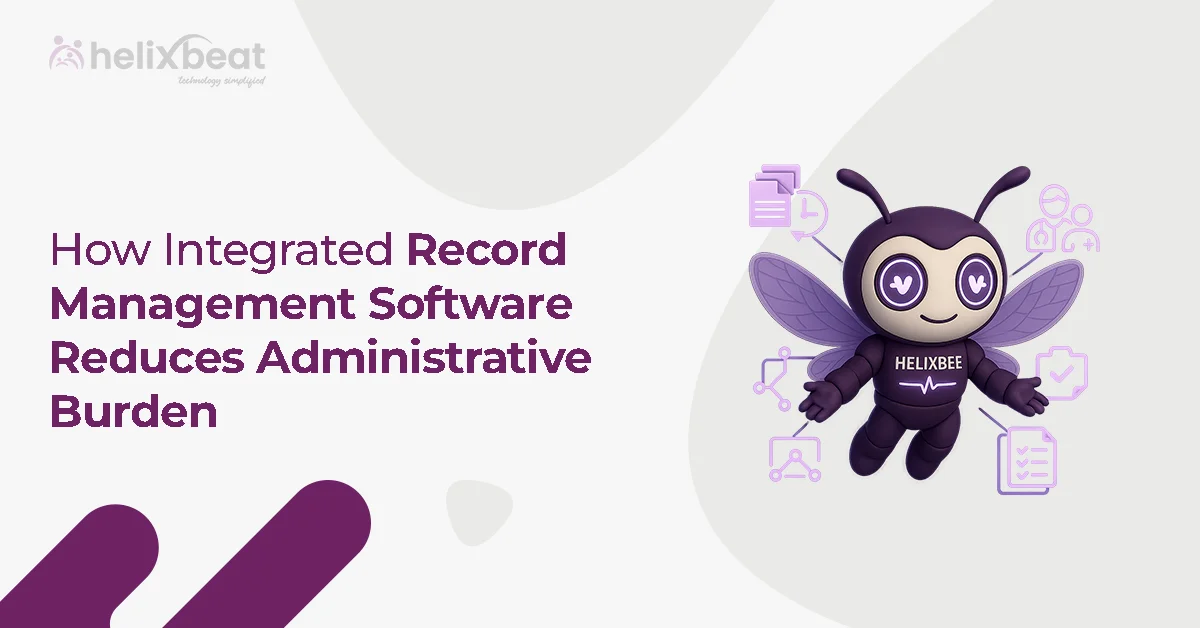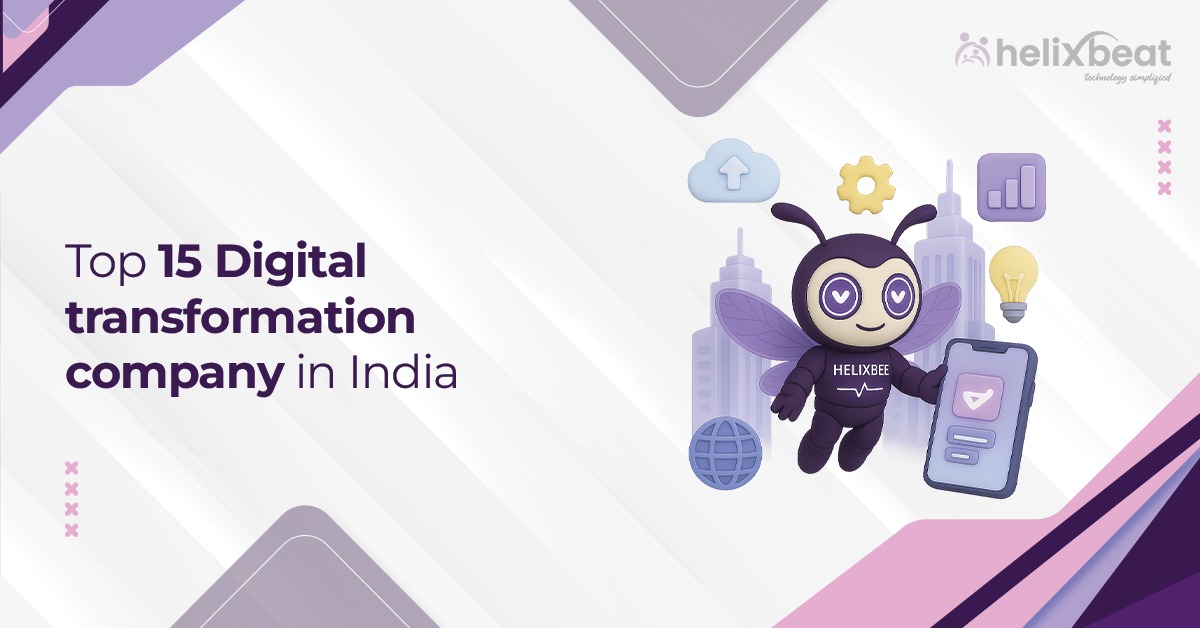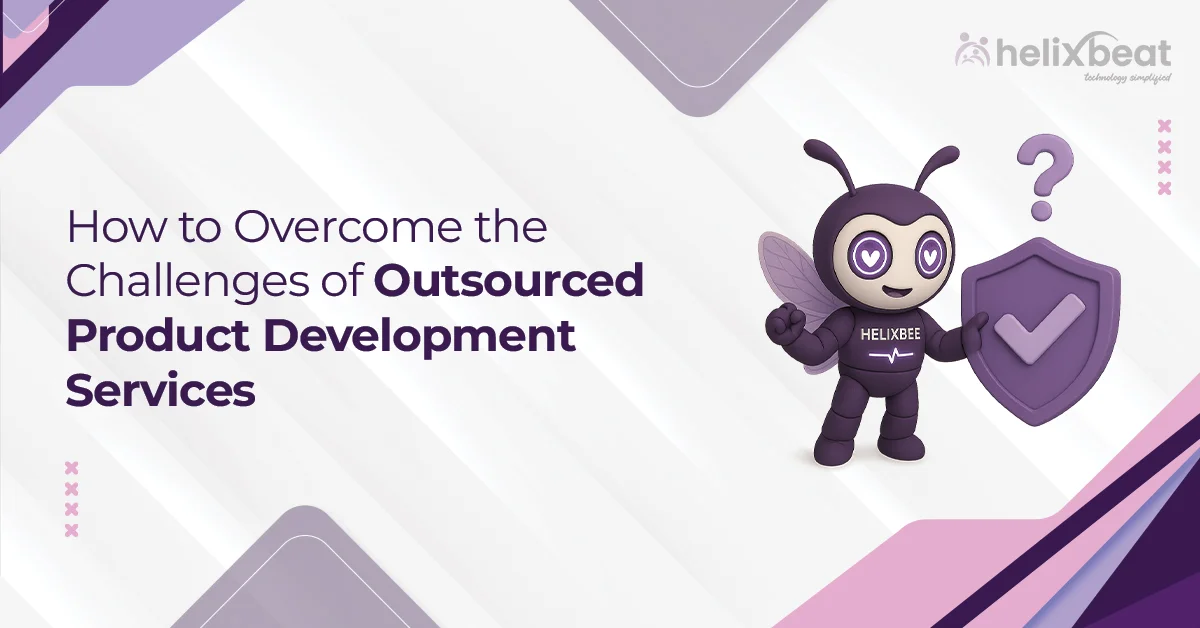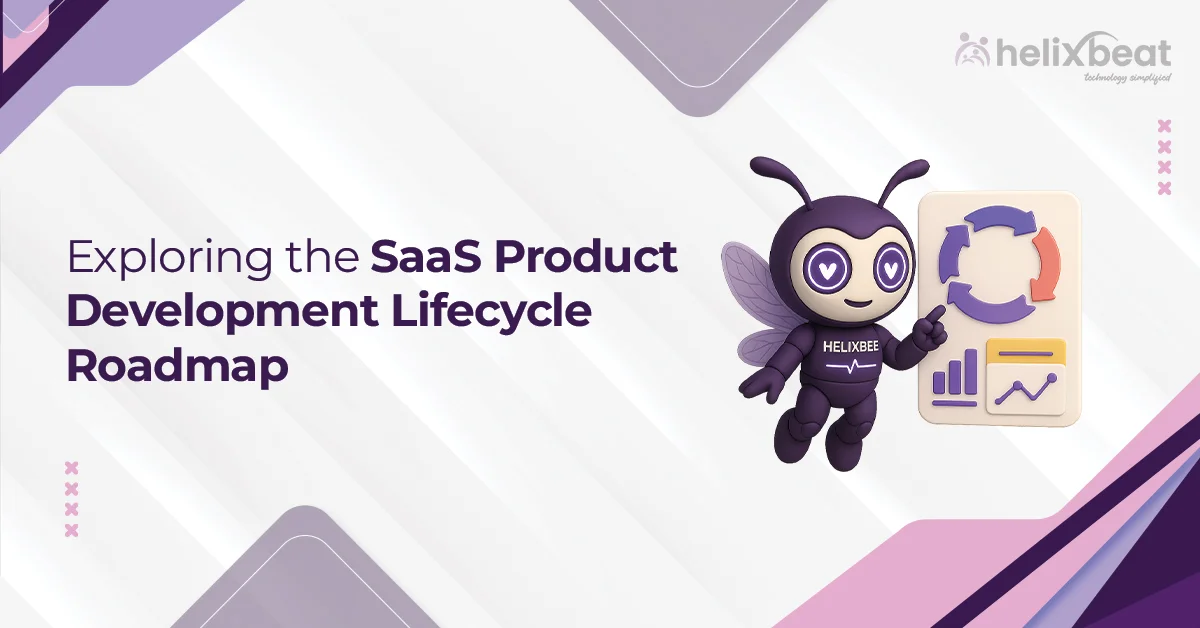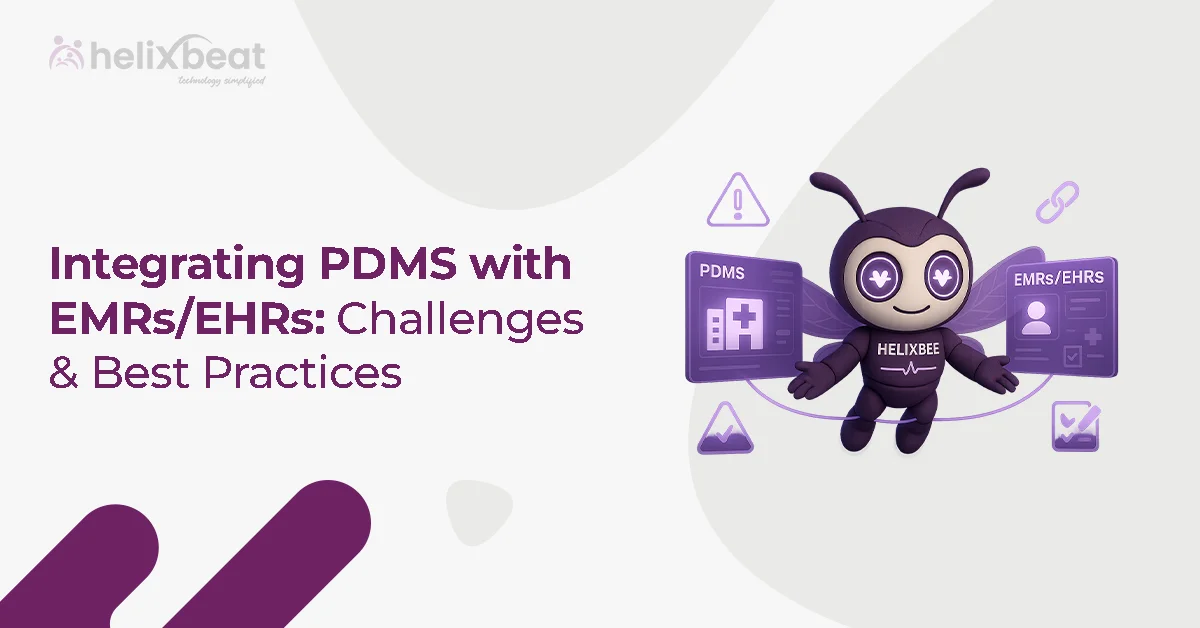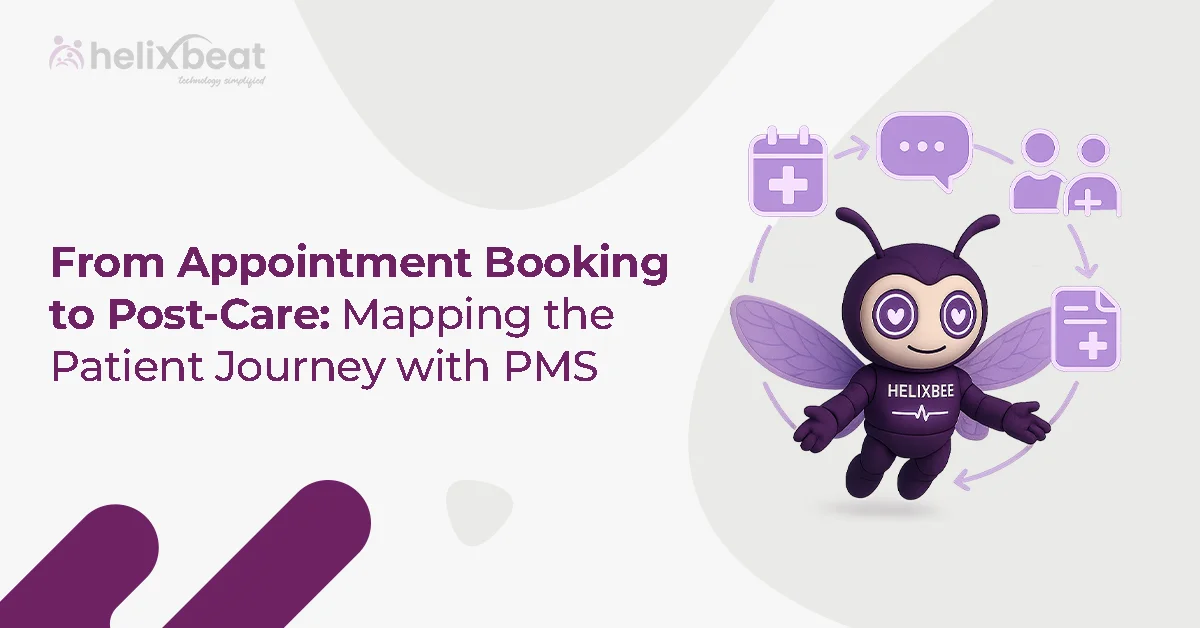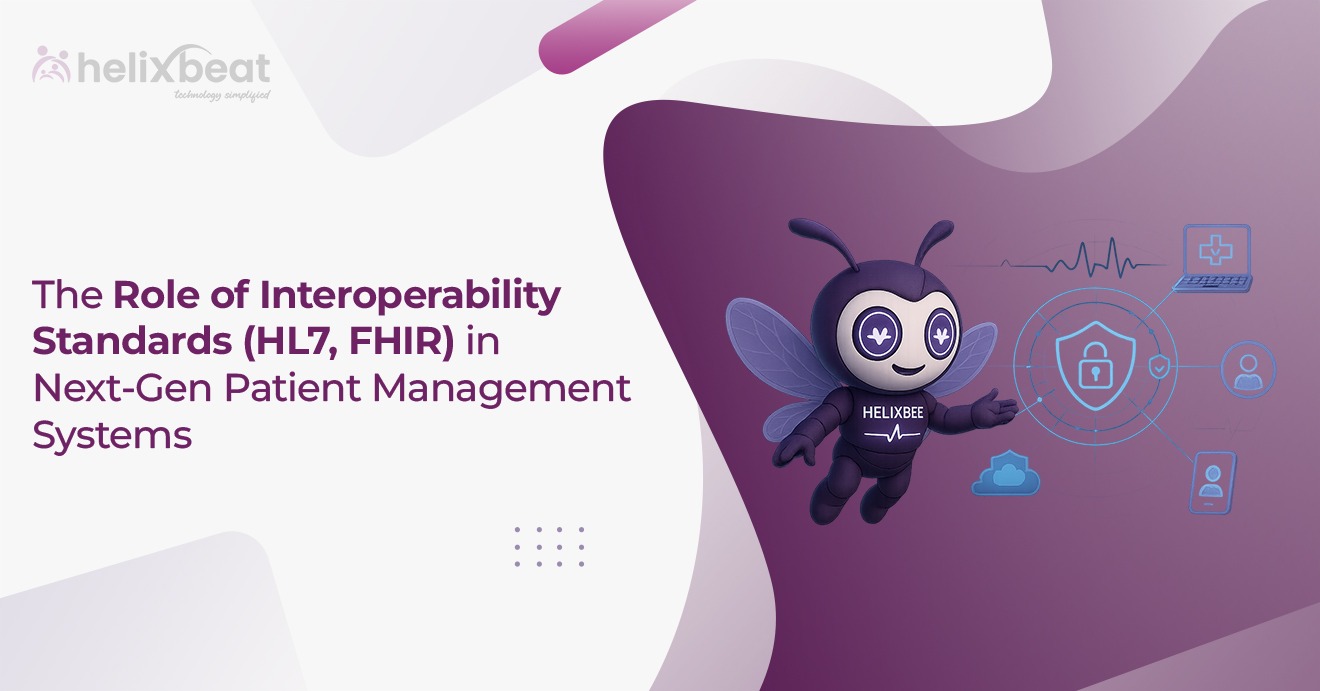The healthcare industry has been going digital for a while, but lately, everything’s been moving much faster. Electronic Health Records (EHRs), telemedicine, wearable health devices, and AI-driven diagnostics are now central to modern care delivery. Yet, the real magic lies in the connectivity between these systems. That’s where FHIR API — Fast Healthcare Interoperability Resources — comes into play.
Developed by HL7, FHIR offers a modern, web-based approach to healthcare interoperability, leveraging RESTful APIs, JSON, and XML formats familiar to developers. In this blog, we’ll explore the top use cases of FHIR API in modern healthcare systems and how it is revolutionizing patient care, data management, and operational efficiency.

Table of Contents
1. Seamless Patient Data Exchange Between Systems
In traditional healthcare setups, patient data is often locked inside siloed EHR systems. This fragmentation makes it difficult for a patient’s complete history to be available when needed — for example, during a medical emergency or when switching providers.
With FHIR API, healthcare organizations can integrate various systems to exchange standardized patient records in real time. For example, if a patient is referred from a primary care physician to a specialist, the FHIR API can transfer their medical history, lab reports, and prescriptions instantly.
Impact in real life: Imagine a patient who moves from New York to California. With FHIR-based interoperability, their new hospital can access their entire health history from their previous provider without the tedious process of faxing or mailing records.
2. Powering Patient Portals and Mobile Health Apps
Patients today expect access to their health data on demand. From checking lab results to booking appointments, the ability to interact with healthcare services through a mobile app or web portal has become the norm.
FHIR API makes it possible for patient portals and mobile health apps to pull accurate, real-time information directly from the healthcare provider’s database.
- Patients can see their latest lab results immediately after processing.
- They can review their medication list and request prescription refills online.
- Apps can even integrate wearable device data, giving a full picture of a patient’s health in one place.
Why it matters: This transparency boosts patient engagement, enabling individuals to play a more active role in their own care.
3. Enabling Telemedicine Platforms
Telemedicine has shifted from being an optional service to a core healthcare offering. But for virtual care to be truly effective, providers need immediate access to patient records, imaging, and lab results during online consultations.
FHIR API allows telehealth platforms to integrate directly with EHRs, so physicians can view up-to-date patient data during virtual visits. This integration also works in reverse, allowing telemedicine notes and updates to flow back into the patient’s primary record.
Example: A dermatologist conducting a virtual consultation can retrieve previous skin biopsy reports via FHIR API and upload new treatment notes, keeping the patient’s file complete and accessible to other care team members.
4. Improving Care Coordination Across Providers
Many patients receive care from multiple providers — a cardiologist for heart issues, a neurologist for migraines, and a primary care doctor for general health. Therefore, coordinating care among these professionals is important to avoid conflicting treatments or missed diagnoses.
Using FHIR API, healthcare organizations can create a unified patient record that aggregates information from all providers. This shared view of the patient’s health helps reduce duplication of tests, prevent adverse drug interactions, and streamline care plans.
Impact: Hospitals part of an Accountable Care Organization (ACO) can use FHIR API-based systems to give all participating providers a common dashboard for each patient, promoting better communication and outcomes.
5. Enabling Interoperability with Medical Devices and Wearables
Wearables and specialized medical devices such as glucose monitors generate valuable health data. However, if this data stays within the device’s proprietary system, its potential for clinical decision-making is limited.
FHIR API enables device manufacturers to connect their systems with healthcare providers’ EHR platforms. This means that a diabetic patient’s glucose monitor can automatically send readings to their doctor’s dashboard, facilitating timely adjustments in medication.
Example: In remote patient monitoring programs, FHIR API helps feed continuous vital sign data from devices into the provider’s workflow, supporting proactive care rather than reactive treatment.
6. Supporting Population Health Management
Population health programs rely on aggregating and analyzing patient data from multiple sources to identify trends, risk factors, and intervention opportunities.
FHIR API facilitates this by pulling standardized data from different EHRs, claims systems, and public health databases into analytics platforms. This gives healthcare leaders a consolidated view of patient populations, enabling targeted outreach.
Outcome: By integrating FHIR API with analytics tools, health systems can spot care gaps, manage chronic disease programs more effectively, and improve community health outcomes.
7. Facilitating Clinical Research and Trials
Clinical researchers often face challenges in accessing high-quality, standardized patient data across different healthcare systems. This slows down research timelines and increases costs.
FHIR API can streamline this process by allowing secure, de-identified data sharing between healthcare organizations and research institutions. Researchers can quickly access structured datasets that conform to FHIR standards, enabling more accurate and efficient studies.
Real-world scenario: A research team studying heart disease could use FHIR API to pull anonymized echocardiogram results from multiple hospitals, creating a large and diverse dataset without manual data entry.
8. Automating Prior Authorizations
Prior authorization — the process where providers seek insurer approval before delivering certain treatments — is often a bottleneck in care delivery.
With FHIR API, payers and providers can automate the exchange of necessary patient data and clinical notes for prior authorization requests. This not only speeds up approval times but also reduces administrative burdens for both sides.
9. Enabling AI and Predictive Analytics
AI models in healthcare require large volumes of high-quality, structured data to generate accurate predictions. Whether predicting hospital readmissions or detecting early signs of disease, the quality of data fed into the model directly impacts its effectiveness.
FHIR API makes it possible to feed AI systems with standardized datasets from multiple healthcare sources. This enables developers to train more robust models that can be applied across different populations and health systems.
10. Empowering Value-Based Care Models
Value-based care focuses on delivering better outcomes at lower costs, requiring continuous monitoring of patient progress and adherence to care plans.
FHIR API supports value-based care by connecting all stakeholders — providers, payers, and patients — through shared, real-time data. As a result, care teams can track progress against goals, adjust treatment plans quickly, and reduce unnecessary interventions.
FUSION: Supercharge Your Healthcare Solutions with FHIR APIs
Built with RESTful APIs, FUSION is a FHIR server created to deliver easier, faster, and more accurate data exchange.
FUSION stores patient data in FHIR format, which is the global standard for healthcare data. This enables different apps, hospitals, and systems to communicate with each other and share critical health information in real-time.
What sets FUSION apart is that it also stores medical coding systems like SNOMED CT, LOINC, and ICD. This keeps all data consistent, accurate, and ready for clinical use, reporting, and analytics.
Key features of FUSION include
- FHIR-native architecture
- Plug-and-play APIs for rapid deployment
- Real-time data sharing across multiple endpoints
- Strong security controls that meet compliance standards
- Support for both structured and unstructured data
Whether a hospital wants to exchange records with external labs or enable app-based clinical tools, FUSION acts as the smart bridge, without needing to replace existing infrastructure.
Final Thoughts
The FHIR API is a catalyst for a more connected, efficient, and patient-focused healthcare ecosystem. Start with FUSION today and take the next step toward a truly connected healthcare ecosystem.
FAQs
1. How does FHIR API improve patient data exchange?
FHIR API allows different healthcare systems, such as EHRs, laboratories, and specialists, to share standardized patient data. This real-time exchange of information eliminates the need for manual data entry and paper records, resulting in more efficient and accurate care delivery.
2. How does FHIR API enhance mobile health apps?
FHIR API allows mobile health apps to pull real-time, structured patient data from healthcare systems, providing patients with quick access to their health information, appointment schedules, medication lists, and more. It enables a more interactive and informative user experience.
3. How does FHIR API support clinical research and trials?
FHIR API simplifies data sharing in clinical research by allowing researchers to access standardized, de-identified patient data from multiple healthcare systems. This streamlines the process of gathering data for studies and clinical trials, accelerating the research timeline.
4. Can FHIR API improve care coordination among multiple healthcare providers?
FHIR API allows multiple healthcare providers involved in a patient’s care to access and update the same patient record, improving communication and reducing the chances of duplicated tests, conflicting treatments, or missed diagnoses.



